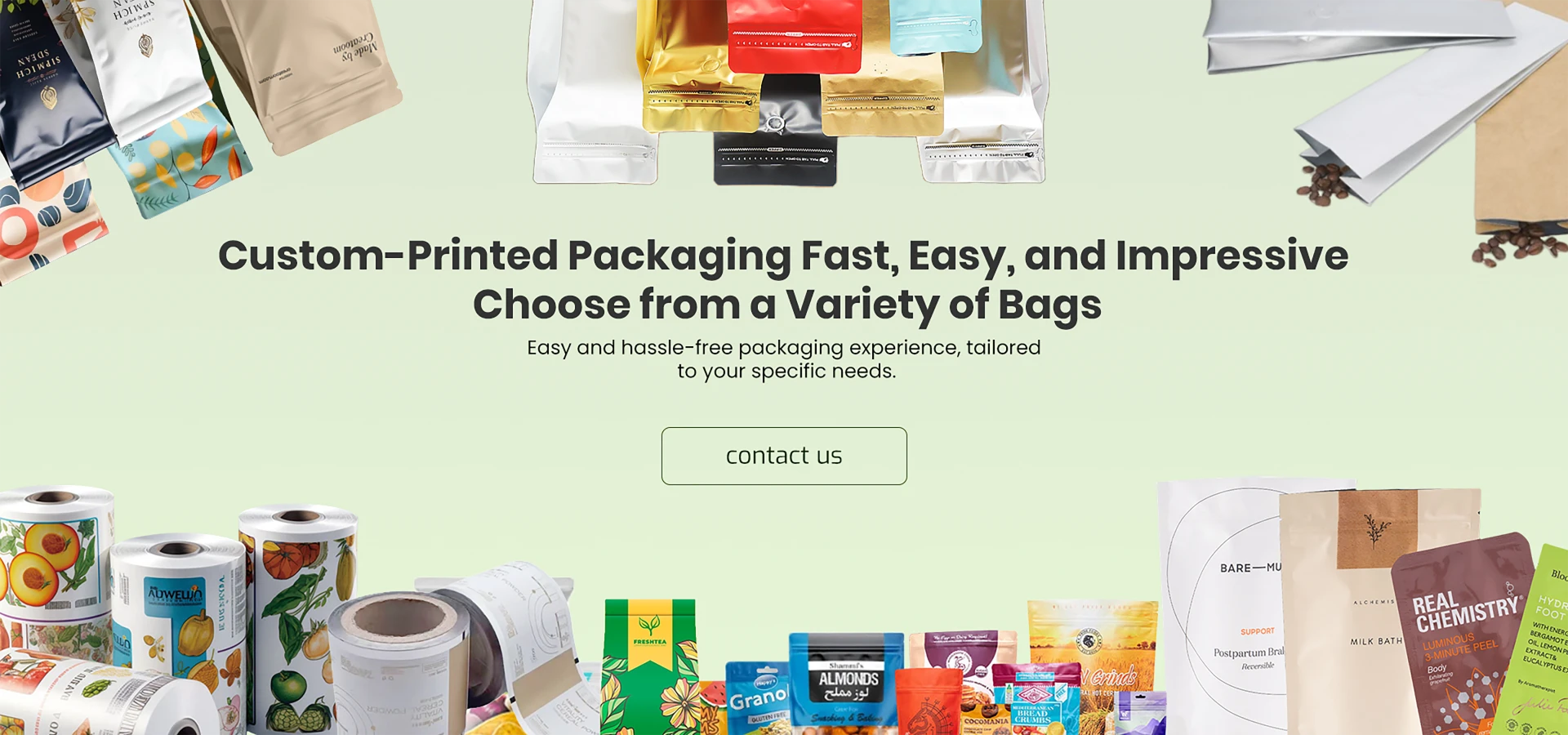- Afrikaans
- Albanian
- Amharic
- Arabic
- Armenian
- Azerbaijani
- Basque
- Belarusian
- Bengali
- Bosnian
- Bulgarian
- Catalan
- Cebuano
- chinese_simplified
- chinese_traditional
- Corsican
- Croatian
- Czech
- Danish
- Dutch
- English
- Esperanto
- Estonian
- Finnish
- French
- Frisian
- Galician
- Georgian
- German
- Greek
- Gujarati
- haitian_creole
- hausa
- hawaiian
- Hebrew
- Hindi
- Miao
- Hungarian
- Icelandic
- igbo
- Indonesian
- irish
- Italian
- Japanese
- Javanese
- Kannada
- kazakh
- Khmer
- Rwandese
- Korean
- Kurdish
- Kyrgyz
- Lao
- Latin
- Latvian
- Lithuanian
- Luxembourgish
- Macedonian
- Malgashi
- Malay
- Malayalam
- Maltese
- Maori
- Marathi
- Mongolian
- Myanmar
- Nepali
- Norwegian
- Norwegian
- Occitan
- Pashto
- Persian
- Polish
- Portuguese
- Punjabi
- Romanian
- Russian
- Samoan
- scottish-gaelic
- Serbian
- Sesotho
- Shona
- Sindhi
- Sinhala
- Slovak
- Slovenian
- Somali
- Spanish
- Sundanese
- Swahili
- Swedish
- Tagalog
- Tajik
- Tamil
- Tatar
- Telugu
- Thai
- Turkish
- Turkmen
- Ukrainian
- Urdu
- Uighur
- Uzbek
- Vietnamese
- Welsh
- Bantu
- Yiddish
- Yoruba
- Zulu
future packaging
Future Packaging Innovations and Sustainability in a Changing World
In an increasingly interconnected and environmentally conscious world, the packaging industry is poised to undergo monumental transformations. Under the umbrella of “future packaging,” innovative technologies, sustainable materials, and smart design principles are reshaping how goods are packaged, distributed, and consumed. This article explores the key trends and advancements that are shaping the future of packaging, driving efficiency, reducing waste, and enhancing consumer experience.
As environmental concerns continue to mount, the packaging industry is taking significant strides towards sustainability. Traditional materials such as plastic are being scrutinized for their long-term impact on the environment. In response, manufacturers are exploring biodegradable and compostable materials that minimize ecological footprints. Innovations in plant-based plastics, mushroom packaging, and seaweed-derived materials are just a few examples of how the industry is shifting towards sustainable solutions.
Moreover, companies are adopting circular economy principles. This involves designing packaging that can be reused, recycled, or repurposed, effectively closing the loop in product life cycles. Brands are not only investing in eco-friendly materials but are also educating consumers about proper disposal methods. By fostering a culture of recycling and responsible consumption, the packaging sector aims to reduce waste and promote sustainability.
2. Smart Packaging Technologies
The integration of technology into packaging is revolutionizing the way products are presented and interacted with. Smart packaging, equipped with sensors and QR codes, provides consumers with an enhanced experience through real-time information. For instance, temperature-sensitive labels can indicate whether a product has been stored correctly, ensuring safety and quality. Additionally, interactive packaging with augmented reality (AR) offers consumers immersive experiences, bridging the gap between digital and physical realms.
Moreover, these smart technologies are beneficial for supply chain management. RFID tags and IoT connectivity enable real-time tracking and monitoring of packages, improving inventory management and reducing losses due to theft or spoilage. This data-driven approach allows businesses to optimize operations, enhancing efficiency and reducing costs while ensuring that products reach consumers in peak condition.
3. Minimalistic and Functional Design
future packaging

With a growing emphasis on aesthetics and functionality, future packaging design is leaning towards minimalism. Brands recognize that consumers prefer packaging that not only protects the product but also enhances its appeal. Sleek, clean designs with clear labeling and fewer materials resonate with mindful consumers who appreciate simplicity and functionality.
Functionality goes hand in hand with design; consumers are gravitating towards packaging that offers convenience. Features such as resealable pouches, easy-open caps, and single-serving sizes cater to the fast-paced lifestyles of modern consumers. Brands that prioritize user experience in their packaging designs are likely to gain a competitive edge, as convenience becomes a critical purchasing factor.
4. E-Commerce and Packaging Solutions
The surge in e-commerce has prompted significant changes in packaging practices. Products shipped directly to consumers require packaging that can withstand the rigors of transportation while enticing customers upon arrival. Durable, protective materials that are lightweight are in high demand to minimize shipping costs and reduce the carbon footprint.
Additionally, brands are focusing on unboxing experiences as vital marketing touchpoints. Innovative packaging designs that offer a delightful unboxing experience can foster a stronger connection with consumers, encouraging brand loyalty and repeat purchases. This trend highlights the importance of not just what’s on the inside but also the outer presentation, making packaging a key aspect of the overall brand identity.
Conclusion
The future of packaging is a dynamic landscape driven by sustainability, technology, and consumer preferences. As environmental issues take center stage, the industry is pivoting towards eco-friendly materials and circular designs. Innovations in smart packaging enhance user experiences and operational efficiency, while minimalistic and functional designs cater to modern lifestyles. The e-commerce boom further influences packaging strategies, emphasizing durability and the unboxing experience.
Ultimately, the packaging industry is at a crossroads, where adopting innovative practices can lead to enhanced sustainability and consumer satisfaction. As businesses and consumers alike become more conscious of their choices, the future of packaging will undoubtedly emerge as a reflection of a society that values both progress and responsibility. Embracing these changes will not only benefit companies but will also contribute to a healthier planet for generations to come.













